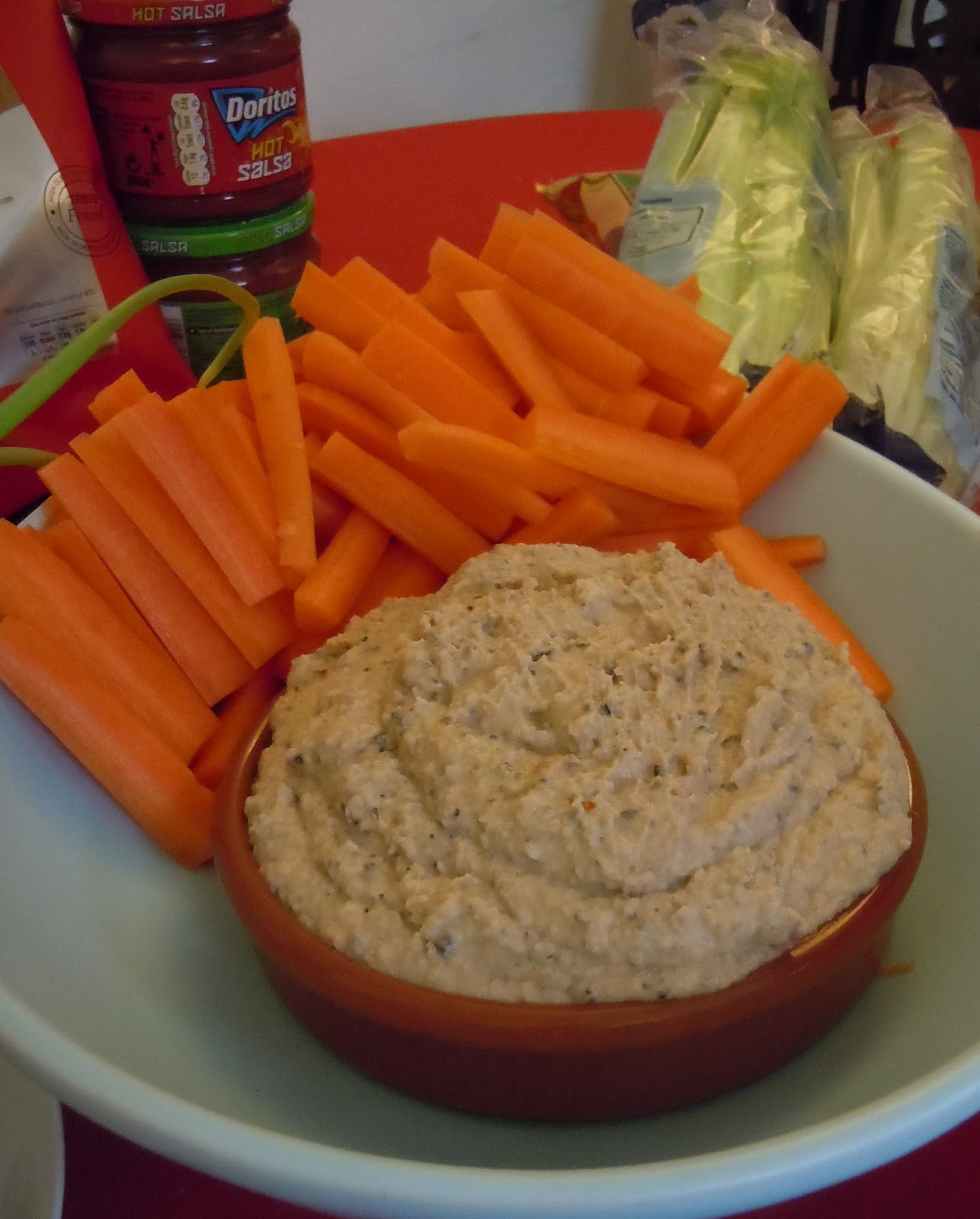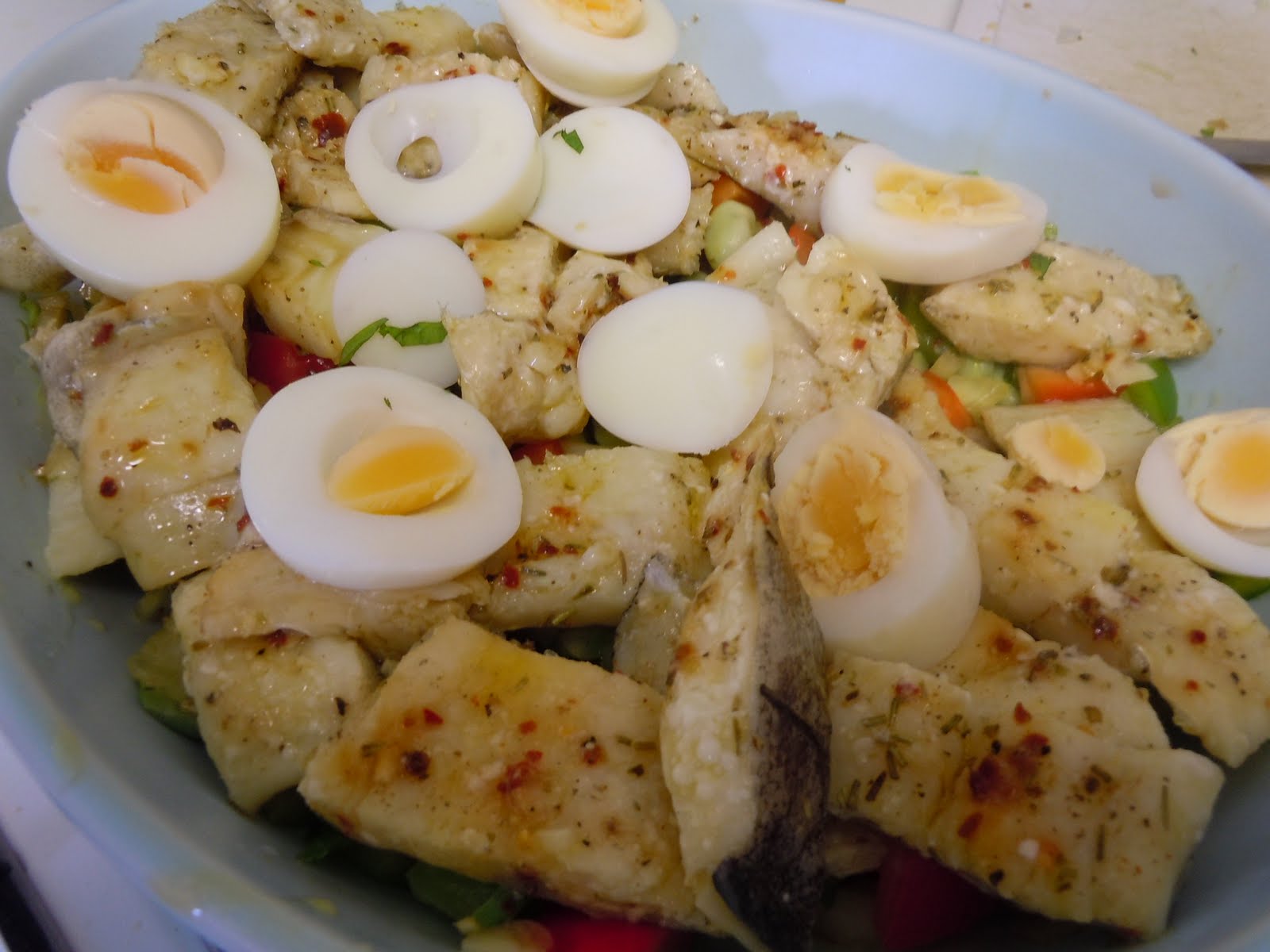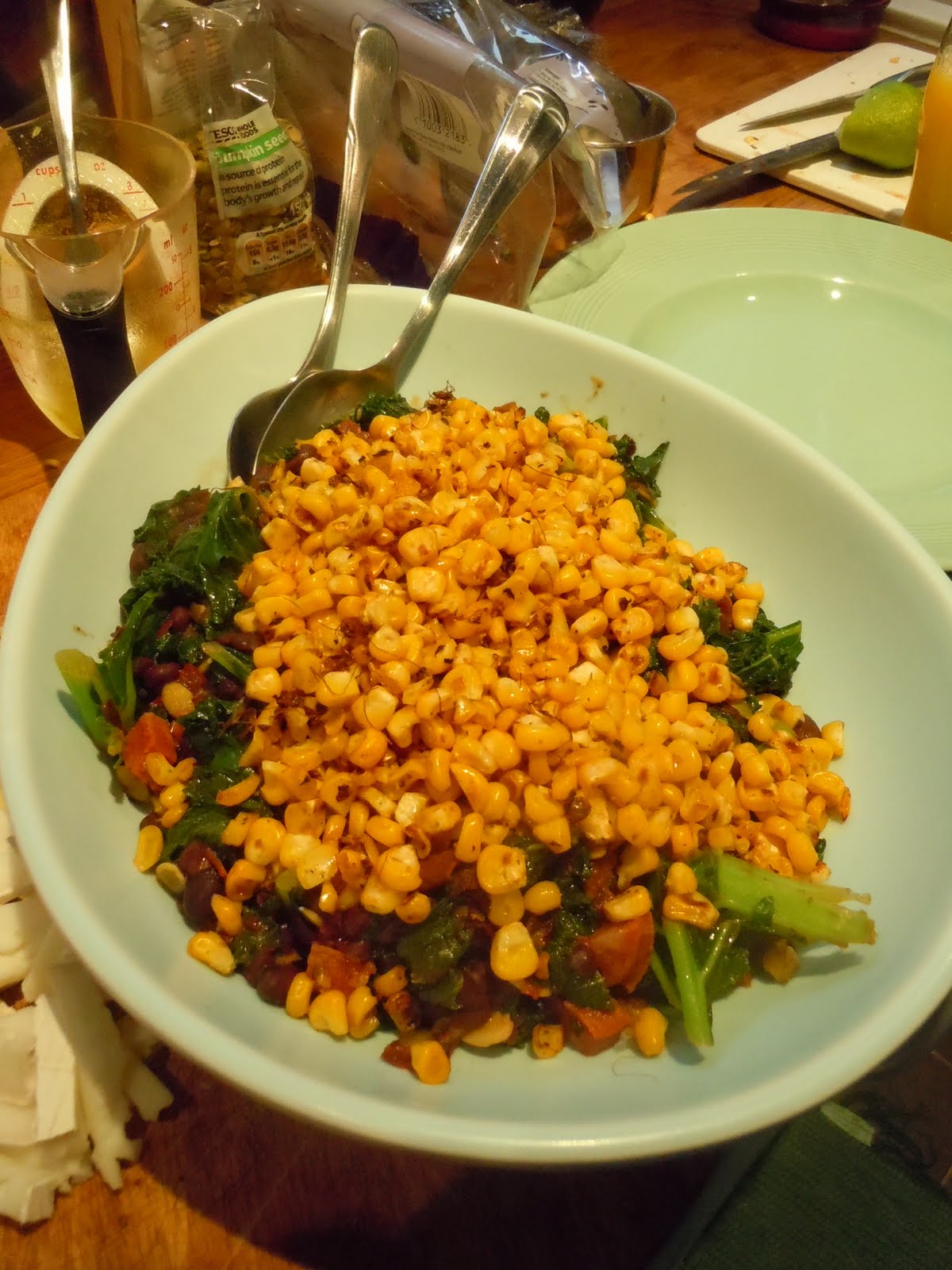Well, the holidays have come and gone and a new slew of recipe books has come traveling down the pipe line. This year's addition? Plenty by London's favorite vegetarian, Yotam Ottolenghi (try saying that five times fast). As my mother has embraced the joys of the vegetarian lifestyle, this was the perfect recipe book for our newly meat-free family meals. Besides being entirely vegetarian, the book also favors slightly Middle Eastern flavors, often including ingredients you wouldn't necessarily find at your local Safeway (kirmzi biber, anyone?). But if you take Ottolenghi's crazy ingredients with a pinch of salt (and, to his credit, he does often offer easier and more available solutions to the more obscure ingredients), his recipes are usually easy and absolutely always delicious. And more often than not you'll find yourself making dishes you never thought you would.
And loving them.
Enter a hot yogurt soup. Call me small-minded, but I'm not the sort of person who would order anything with this title if I found it on a restaurant menu. Yet the variety of vegetables convinced me that this couldn't be bad. After all, everything else from the book had been delicious. Why stop now?
And indeed, this soup was phenomenal. Thick without being rich and with such a wonderful combination of flavors. Although I'm not always a fan of blended soups, this one won me over completely. You would never know when it's served that it contains both beans and rice. It's wonderfully hearty without being cloying. Half of the taste comes from making your own vegetable broth, which gives the whole soup a wonderful freshness.
Yes, it does take a bit of time. But trust me, for wow factor both on appearance and taste, this one is worth it.
Ottolenghi used fava beans in his soup (although makes the concession that you can use fresh or frozen). But thanks to scarcity of resources, I was forced to work with butter beans (related to the lima bean). And hey, I never noticed the difference. So huzzah to you if you can find the favas, but don't despair if you end up using the humbler lima or butter variety.
Serves 4
Ingredients
6 tbsp olive oil
1 medium onion, quartered
4 celery stalks, quartered
1 large carrot, peeled and cut into 1-inch chunks
5 thyme sprigs
2 bay leaves
1/2 cup flat-leaf parsley
1 1/2 quarts water
3 1/2 cups shelled fava beans (fresh or frozen, again, here I used butter beans and the soup was just as tasty, it also saves you the time-sapping feat of shelling the fava beans)
1/3 cup long grain rice
salt and white pepper
2 cups Greek yogurt
2 garlic cloves, crushed
1 egg
3 tbsp roughly chopped dill
3 tbsp roughly chopped chervil
grated zest of 1 lemon
Method
Pour 2 tbsp of the olive oil in a large pot. Heat up the oil and add the onion, celery, and carrot. Saute on medium heat for about 5 minutes; you want to soften up the vegetables without browning them. Next, add the thyme, bay leaves, and parsley and cover with the water. Bring to the boil, then reduce the heat, cover and simmer gently for 30 minutes.
While the stock is cooking, proceed to shell the fava beans (if using. If not, huzzah! you have more time on your hands). Bring a saucepan of water to the boil. Throw in the beans and simmer for just 1 minutes. Drain, then refresh the beans under running cold water to stop the cooking. Next, remove the skins by gently pressing with your fingers against the sides of each bean, causing the soft bean to pop out. Discard the skins.
When the stock is ready, pass it through a sieve into a medium saucepan; discard the vegetables and flavorings in the sieve. Add the rice to the stock. Bring to the boil, then simmer, covered for 20 minutes. Now add half the beans and some salt and pepper and use an immersion blender to blitz the soup until it's completely smooth.
Whisk together the yogurt, garlic and egg in a large heatproof bowl. Add a ladleful of hot soup and whisk together. Continue gradually adding the soup until you've mixed in at least half of it. It's important to do this slowly, otherwise the yogurt might split due to the difference in temperatures.
Pour the tempered yogurt into the pan containing the rest of the soup. Place it on medium heat and warm up the soup while stirring constantly. Make sure the soup doesn't boil! Taste and add more salt and pepper if you life.
Ladle the soup into 4 bowls and drop in the remaining beans. Garnish generously with the dill, chervil and lemon zest and drizzle the remaining 4 tbsp of olive oil (this is crucial!!).






